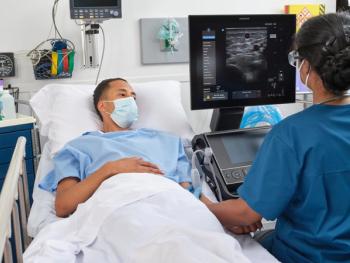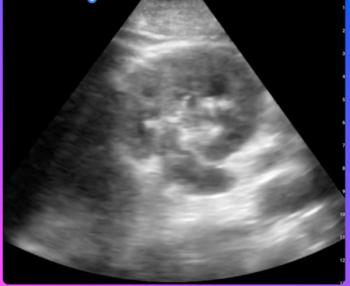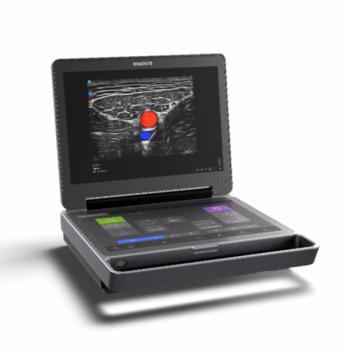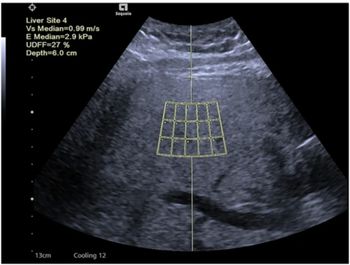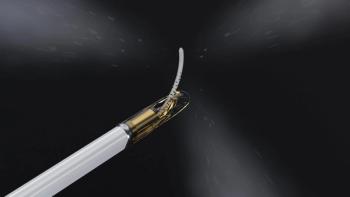
Hurdles remain for 3-D ultrasound
Three-dimensional ultrasound sits on the fringe of clinical practiceand will likely remain there until real-time 3-D processing becomesa reality, according to Eugene A. Larson, executive vice presidentof ultrasound vendor ATL. "The question is how
Three-dimensional ultrasound sits on the fringe of clinical practiceand will likely remain there until real-time 3-D processing becomesa reality, according to Eugene A. Larson, executive vice presidentof ultrasound vendor ATL.
"The question is how much value (3-D) reconstruction hasversus its time and cost," Larson said. "It is not inthe mainstream of how ultrasound is used as a diagnostic toolright now. Ultrasound reconstruction competes somewhat with MRIand CT. Doctors can go to these other modalities if they wantto do 3-D reconstruction."
ATL has displayed 3-D reconstruction work at trade shows overthe last two years and is investigating ways to increase the clinicalutility of 3-D technology, he said. Prime objectives of the firm's3-D R&D effort are to:
- develop two-dimensional transducer arrays with electronicelevation focus; and
- devise a means to rapidly handle massive amounts of3-D image information in a real-time fashion.
Currently, electronically steered ultrasound transducers canshift their focus in only one plane. These probes maintain a fixedfocal zone in the elevation plane, which lies perpendicular tothe long access of the transducer, Larson said.
Electronic probes create a small circular focal zone at onedepth. At every other depth, focal zones become more egg-shapedas they grow slightly larger in the elevation plane. The challengeis to develop 2-D arrays that can focus in both planes, he said.
"Electronic elevation focus is probably three to fouryears away from a commercial product," Larson said.
Once 2-D transducer arrays are developed to provide image datafor 3-D ultrasound, the amount of information produced will expandtremendously, he said. Rapid processing of this image informationrequires swift transfer of the volumes of data as well as rapidcomputer processing.
"Real-time 3-D will require somewhere around 400 elementsin the transducer," Larson said. "Right now, you can'trun that many cables back to the (processing) system. The costwould be prohibitive."
ATL is tackling this problem by trying to provide high-voltageswitching in the transducer. This multiplexing technology shouldallow one lead to carry information from as many as six transducerelements, he said.
"Until that happens, it (3-D ultrasound) will be all reconstruction,"Larson said.
Newsletter
Stay at the forefront of radiology with the Diagnostic Imaging newsletter, delivering the latest news, clinical insights, and imaging advancements for today’s radiologists.

